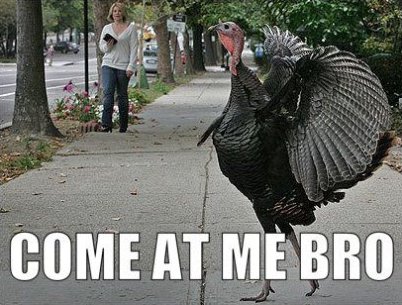
Preparing the turkey for Thanksgiving can be a monumental task. With stuffing, proper basting and long cooking times, it can be both difficult and intimidating to hold the responsibility of preparing the turkey.
This helpful guide will step you through the process of preparing your turkey utilizing appropriate engineering concepts in order to reduce time, scrap and rework.
NOTE: No animals were harmed in the creation of this document. Some marketers were, but they will not be missed.
Before beginning, you will need to collect your raw material. Fresh material is always preferential, but remanufactured material can be used if needed.
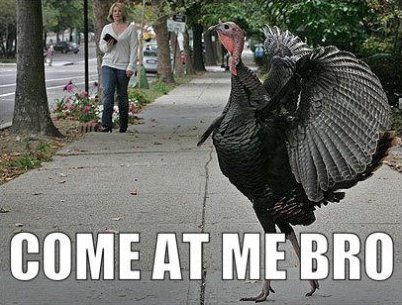
Catching a turkey has its own risks, but it'll be fresh.
If using remanufactured materials, remember that the requisition process is very different, and should be followed appropriately.
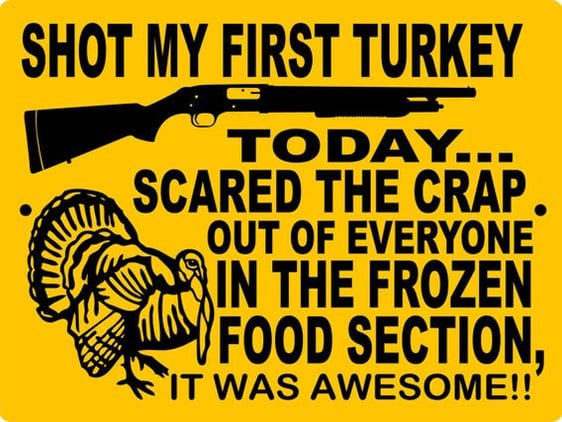
Hunting a turkey shouldn't be done in the super market. Seriously. Don't do it.
For more information, refer to the following sections:
For raw material, see “Bagging a Bird”
For remanufactured material, see “You Can’t Bring That in Here!”
Once you have collected the materials, move to section 2.
Before using your materials, make sure they have been updated to the latest versions. This will help ensure that you do not have any incompatible components. This can be done by connecting the primary assembly with your PC, and visiting www.whatareyoudoing.com to download the latest drivers.
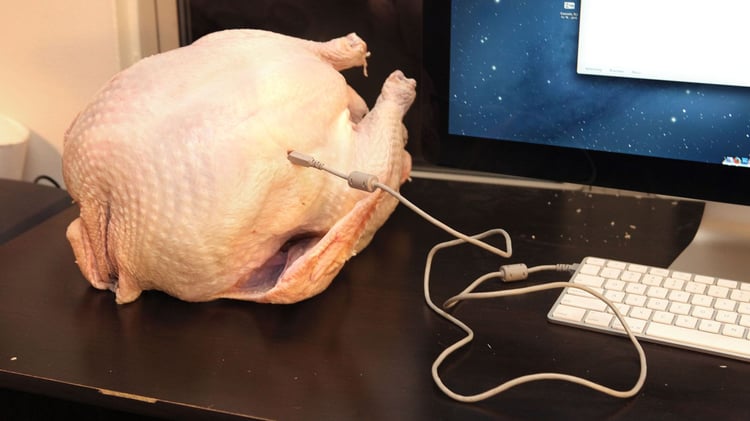
Make sure to wait for the entire download before disconnecting the turkey. Apple devices recommended for a sweeter flavor.
Thermal deformation is a constant issue when working with compliant parts. In order to reduce the risk of thermal deformation on your final assembly, make sure it has been allowed to reach optimal temperatures over a sustained period of time. The recommended time is based on the size of the assembly:
|
Assembly Weight |
Thawing Time (30 minutes per pound) |
|
10 pound turkey
|
5 hours |
|
14 pound turkey
|
7 hours |
|
18 pound turkey
|
9 hours |
|
755,109.34 pound 747 Turduckin*
|
43.09 years |
*A 747 Turduckin references a Cornish hen stuffed into a duck stuffed into a chicken stuffed into a turkey stuffed into an ostrich stuffed into a Boeing 747. With 5,000 pounds of stuffing, estimated weight is 755,109.34 pounds average as measured by a CMM**.
**CMM – references a Completely Madeup Measurement device. Because really, we’re just guessing here.
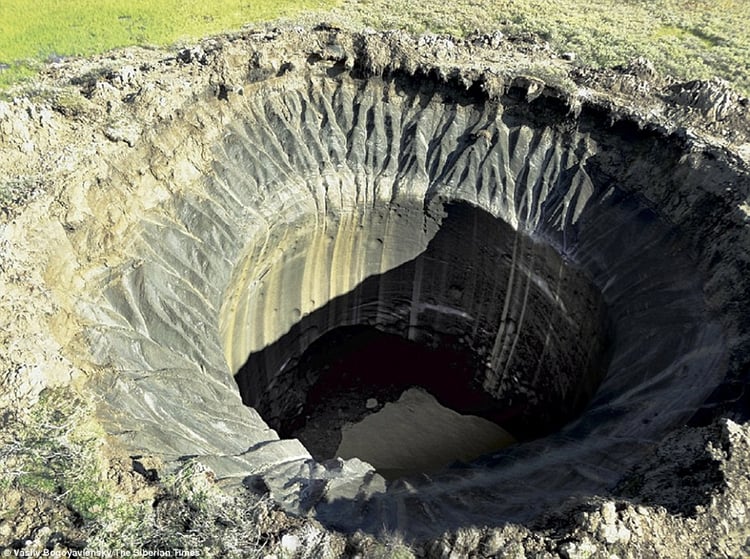
43 years? Yeah, time to dig a hole.
The internal assemblies and interior of the assembly is important in the final product. A high level of quality is needed. In order to guarantee the highest level of quality, the following process is recommended.
The process is as follows:
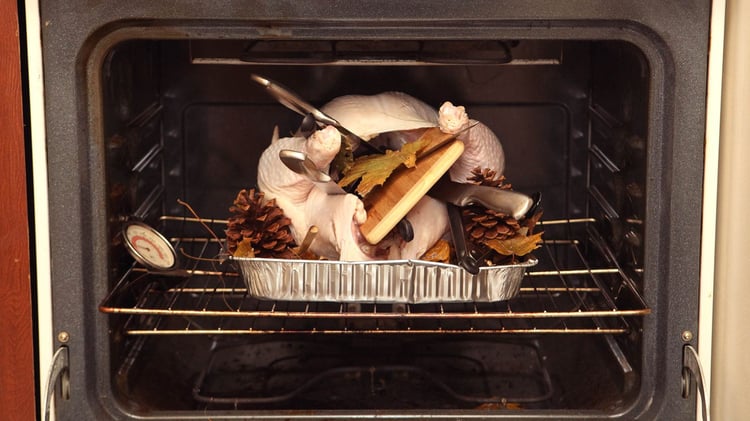
Make sure you have properly included all the things in the turkey.
Now that your assembly is ready for manufacture, prepare the tooling and dyes for use. Do this by preheating the equipment to 350 degrees Farenheit, because nobody uses Celsius, and setting the entire assembly inside, covered in tin foil.
Remove after a designated time:
|
Assembly Weight |
Cooking Time |
|
10 – 18 pound turkey
|
4 hours |
|
18 - 24 pound turkey
|
5 hours |
|
755,109.34 pound 747 Turduckin*
|
17.95 years |
Remember to coat the material evenly every 30 minutes to reduce the chance of damage and scrap.

The cooking time on a 747 is long, but worth the wait.
Should any of the following issues arise, use the proscribed methods to reduce the need for scrap:
Should you have a reduced preparation time due to customer requirements, there are three recommended methods:
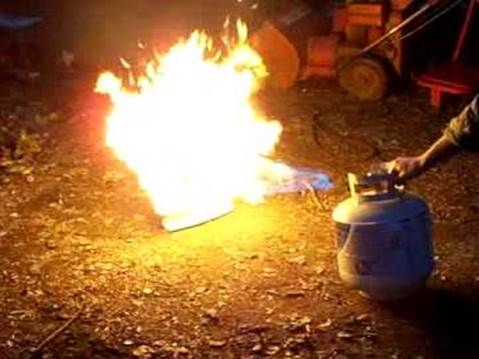
We're not recommending the use of a propane flamethrower. We're also not not recommending the use of a propane flamethrower.
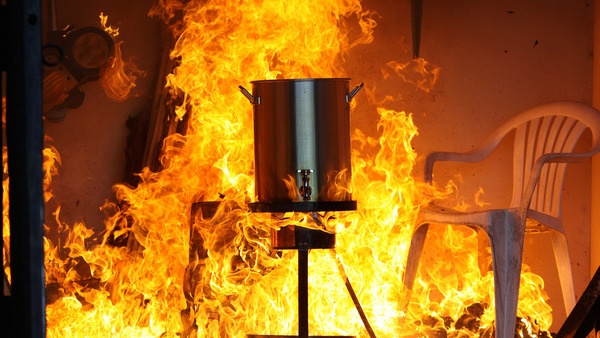
Uh, does insurance cover that?

Bring in some professionals.
Occasionally the manufacturing process will overly prepare your materials, thus causing potential issues with the customer base. Scrapping the entire product is rarely an option in this case, as the window for replacement has become too small to account for the supply chain and logistics. There are a number of recommended methods to post-process your assembly in order to repair the damage (necessary rework):

Because gravy fixes everything.
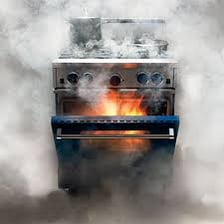
Because who will ever know?

Maybe they'll be nice and not say anything?
Suppliers do not always provide material within given tolerances and specifications. Should this be the case, there are a number of options. Often, this can be determined through the Inspection Lab at Receiving if you have highly trained quality professionals. Should this not be the case, then the following can be used to alleviate the unaccounted additional variation:

They should know better.
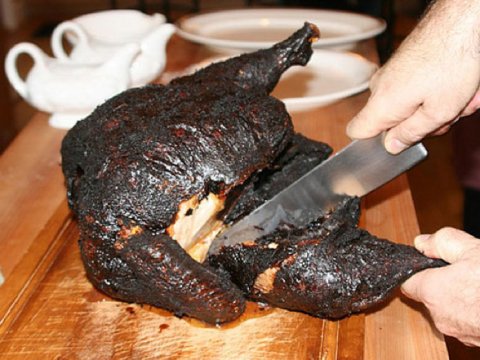
It can still be saved. Probably. Maybe. OK, no.
Because gravy.
Management does not always allow for certain material purchases, and the supplier selected for the job may be sub-par or unable to meet the quality requirements of the project. To correct this issue, use one of the following methods:

Look! I am trying to help!
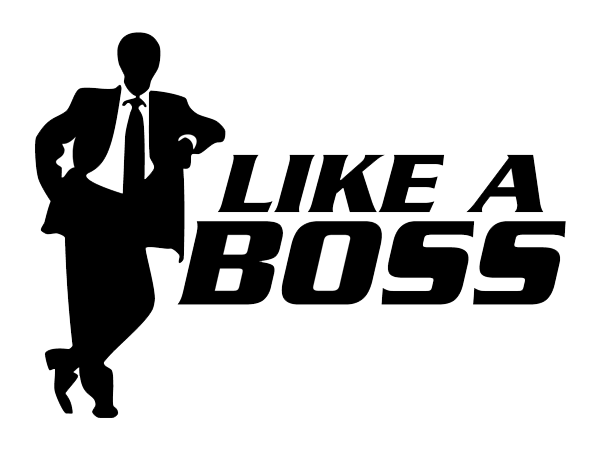
If you're in charge, then you're always right, right? RIGHT?
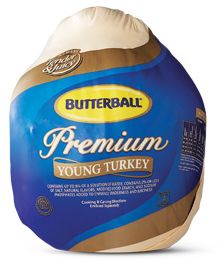
Phhhshhh, yeah of course I got a butterball from the store.

We probably forgot to mention gravy.
Once your product is complete, a detailed analysis is required in order to bring the entire team up to date. Remember to proceed with caution, as a report with too much detail can oftentimes confuse less technical team members, while one without any details can leave doubt as to the quality of the final product.
It is recommended to deliver reporting in one of the following methods:


They'll never know it was you.
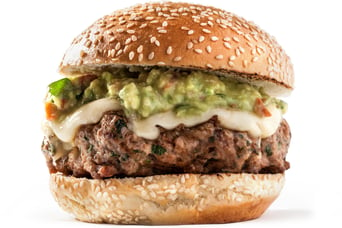
What do you mean we aren't having sandwiches? What's wrong with sandwiches?!
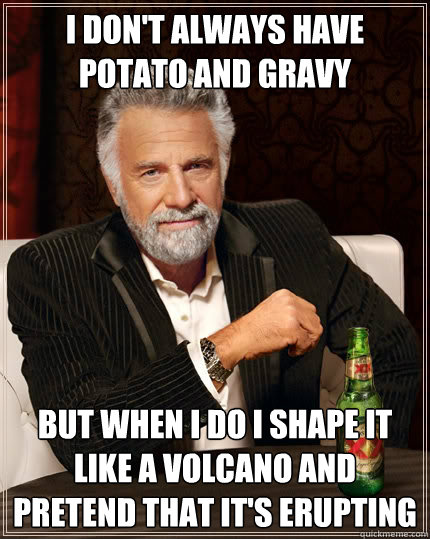
Did we mention gravy?
For further support, click here and a DCS Support Technician will reply within 24 hours

No Comments Yet
Let us know what you think